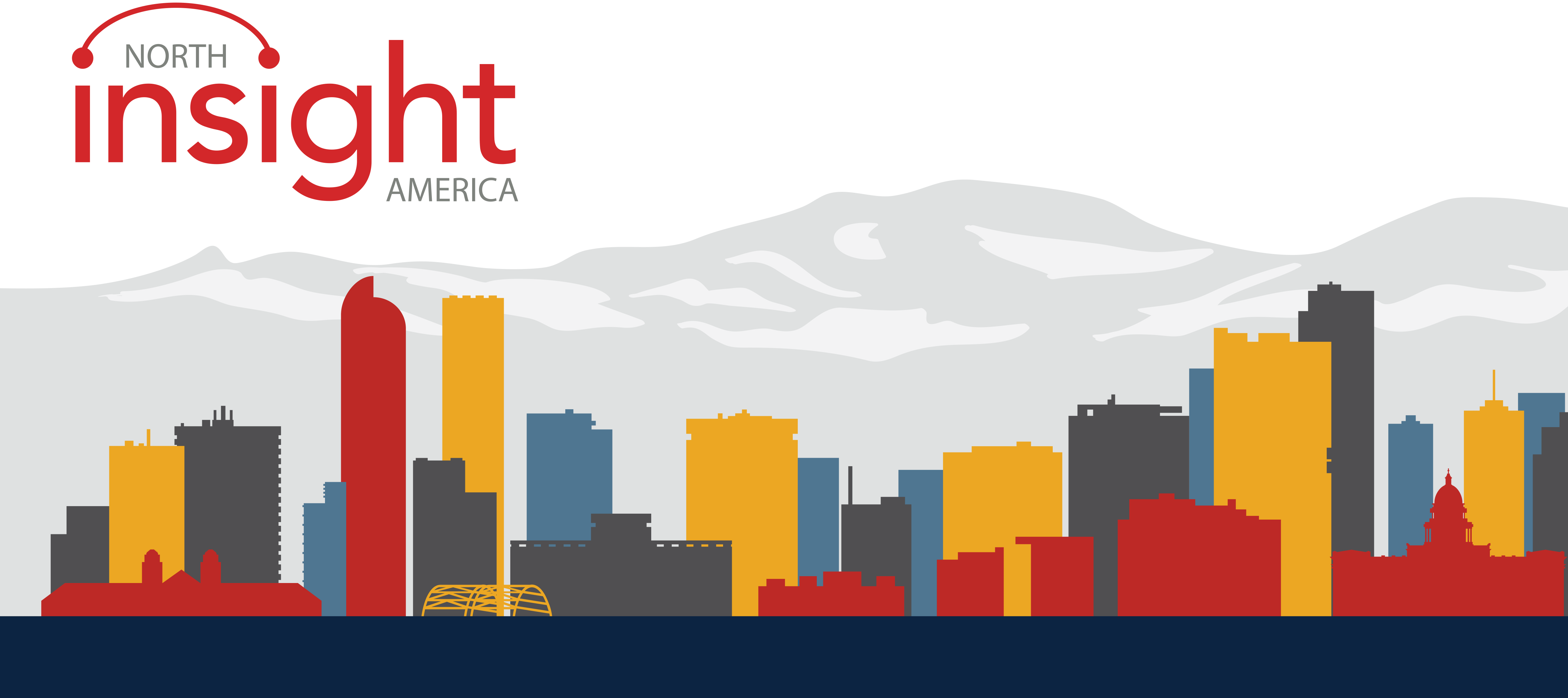In the world of CDNs Akamai is the incumbent 500 pound gorilla, no question. They have a HUGE global presence, super solid technology and networks, and have the most experience with large enterprise clients.
However, now there other strong players in the CDN market. One of the most interesting is CloudFlare. They are a young company and have strong security and front end optimization (FEO) focuses, beyond just the normal CDN edge caching functionality. They started as a security company, and in fact recently absorbed the largest DDOS attack in history without a disruption in service. In order for their security service to not have a performance degradation associated with the overhead of proxying and filtering all traffic, they had to develop advanced performance improving functionality as part of their service. CDN-style asset caching is part of it, but their FEO services make a big difference.
CloudFlare is also VERY affordable! They manage this by the fact that when they built their business, global data centers, cloud computing providers, massive network infrastructure and bandwidth, were all ubiquitous and cheap, so they had relatively small capital outlay to build their service. Compare this to Akamai who had to invest massive amounts of capital into building data centers, servers, laying fiber, etc… The end result is that CloudFlare’s services are one to three orders of magnitude more affordable than Akamai. CloudFlare also includes their security and FEO services as part of their standard service, whereas Akamai’s security and FEO offerings are a substantial additional cost.
I recently used a moderate to heavy complexity Oracle Commerce eCommerce site to do some quick and dirty comparison testing. The results are interesting, but perhaps not unexpected. First off, this is not a comprehensive comparison, and doesn’t factor in Akamai’s FEO service, or their network locations vs CloudFlares, etc.. So don’t read into this more than you should, and don’t remind me that it’s not 100% apples to apples:)
First I tested the home page, which was image heavy and had large navigation, etc..
| Site | YSlow Score | Pagespeed Score | Download Size | Load Time | Time to OnLoad | Number of Requests |
|---|---|---|---|---|---|---|
| Origin | 69 (D) | 74 | 1.1 MB | 3.99 seconds | 3.75 seconds | 51 |
| Akamai | 73 (D) | 79 | 1.2 MB | 3.19 seconds | 2.61 seconds | 47 |
| CloudFlare | 94 (A) | 85 | 0.7 MB | 2.39 seconds | 1.91 seconds | 34 |
Then for a category page I got these results:
| Site | YSlow Score | Pagespeed Score | Download Size | Load Time | Time to OnLoad | Number of Requests |
|---|---|---|---|---|---|---|
| Origin | 68 (D) | 71 | 1.2 MB | 4.00 seconds | 2.87 seconds | 75 |
| Akamai | 73 (C) | 76 | 1.1 MB | 3.61 seconds | 2.73 seconds | 71 |
| CloudFlare | 93 (A) | 82 | 0.4 MB | 2.85 seconds | 1.92 seconds | 45 |
As you can see the difference is very impressive! Dramatically improved YSlow and Pagespeed scores (which you would expect since CloudFlare provides the FEO features as part of the main service). But overall page load time was also much better, even with Akamai’s larger network footprint. This is due to the significantly lower number of requests and overall smaller size of assets. These two factors have huge impact on the end user’s site performance. So even if you don’t look at CloudFlare (and you should), you shouldn’t be using any CDN without FEO features!



It appears like the Cloudflare news report was more of a hoax. It has been clarified in multiple publications:
http://gizmodo.com/5992652/that-internet-war-apocalypse-is-a-lie, http://www.torontosun.com/2013/03/29/internet-armageddon-a-hoax
http://blog.en.uptodown.com/was-the-largest-ddos-attack-in-the-history-of-the-internet-a-hoax/
That “largest DDoS in history” …
a) did not get “absorbed” – the site was down for 2+ days
b) was so small that the upstream ISP didn’t even notice. (they even published a traffic graph to prove it)
*After* they got attacked, they hired cloudflare, who then published that bogus story about it being the biggest in history, and nobody ever checked the facts.
Hi,
Thank you for the comment!
The information about the DDoS attack mentioned in this blog post is based on the following articles http://www.nytimes.com/2013/03/27/technology/internet/online-dispute-becomes-internet-snarling-attack.html?_r=0 , http://blog.cloudflare.com/the-ddos-that-almost-broke-the-internet.
If you think that information presented in those articles is incorrect, please share your sources with us. We do our best to provide an accurate information on our website and will make necessary changes as needed.
Is it a coincidence that the company mentioned on this article is a partner of yours?
How can we trust the objectivity of those benchmarks up there?
No, it is not. We actually worked with both companies for quiet some time for different clients and that is exactly why we decided to compare them. As stated in the post ‘this is not a comprehensive comparison’. We ran the test for one particular client and the results of that test were presented in the blog post.
Also, while many of our clients use CloudFlare, there are clients that are happy with other CDNs such as Akamai, Limelight, Yotta, etc.
Great Review!!
Are you still happy with their service? Thanks!
Yes. We are very satisfied overall.